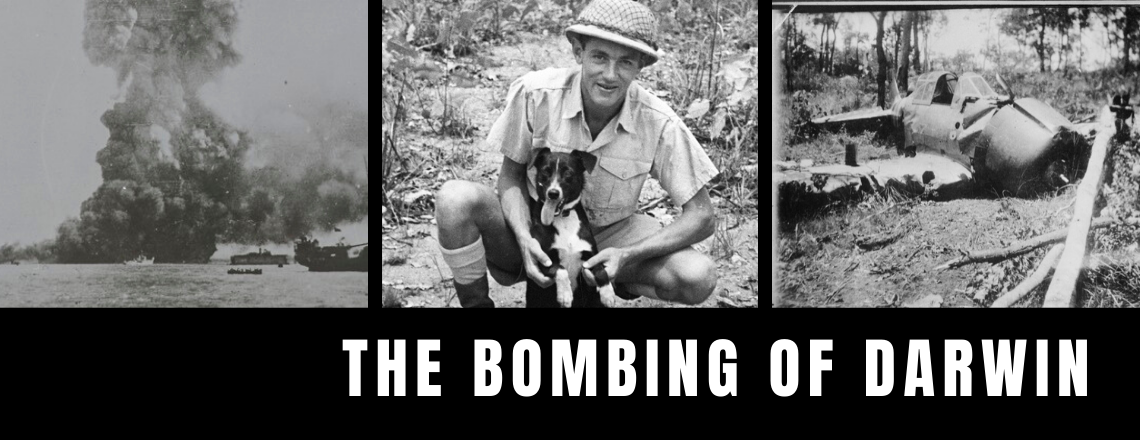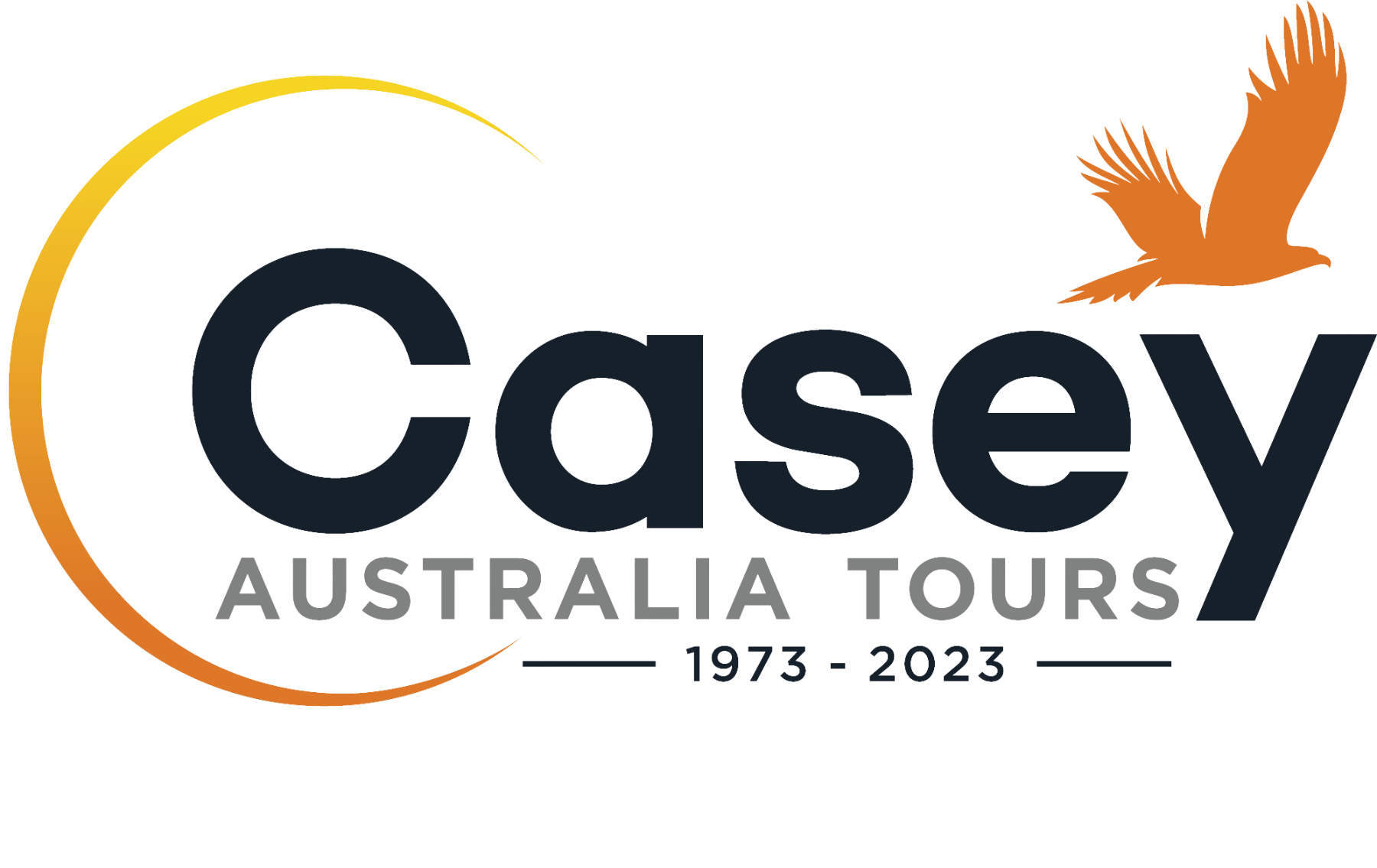

Darwin Bombing 1942
Bombed in more than 50 air raids during the Second World War, Darwin is a city shaped by war.
1. A city shaped by war
Often called ‘Australia’s Pearl Harbour’, the bombing of Darwin by aircraft of the Imperial Japanese Navy began on 19 February 1942, killing more than 230 people and destroying ships, buildings and infrastructure.
2. The build-up
Darwin had been a strategic port on Australia’s northern edge for decades, but in the mid-1930s a major military build-up began. By 1942, the population had more than tripled, with around 7,500 troops stationed in Darwin.
The military build-up prior to the Second World War triggered significant upgrades to the Stuart Highway. It was transformed from a rough dirt track to a major supply road.
In 1940, a booming economy saw the opening of two new banks on Smith Street in central Darwin, the Bank of New South Wales and the Commonwealth Bank.
3. Defending Darwin
After recruiting men from around Australia, the Darwin Mobile Force arrived in Darwin on 29 March 1939 and took up residence in the derelict Vestey’s Meatworks. With both infantry and artillery elements, they trained hard in the harsh conditions and became a resilient and tight-knit fighting force.
4. A town without women or children
After Japan’s attack on Pearl Harbor on 7 December 1941, there was a growing realisation that an attack on Darwin was imminent. Under instruction from Prime Minister Robert Menzies’ War Cabinet, over 2000 women and children were evacuated from the region by air, road and sea. The final evacuation aircraft left Darwin just one day before the first Japanese air raid.
5. The first raid
Just before 10am on 19 February 1942, 188 Japanese aircraft appeared over Darwin. The aircraft had taken off from four aircraft carriers in the Timor Sea. The air raid sirens were sounded too late to give much warning. The attack was led by Commander Mitsuo Fuchida, who had also led the Japanese raid on Pearl Harbour.
6. Carnage at sea
The Japanese bombed the wharf and ships moored in the harbour. Six large vessels were sunk and another 14 ships were damaged. The MV Neptuna exploded at the wharf causing massive damage. The greatest loss of life occurred when the destroyer USS Peary sank killing 88 people.
7. Defending Darwin
As the first bombs began to fall, troops ran to the anti-aircraft guns sited at various locations around Darwin and engaged the attacking aircraft. Soldiers also shot at low flying planes with their rifles and light machine guns.
8. Stick ’em up!
The Japanese lost four aircraft in the first raid – two Val dive bombers and two Zeke fighters. One of the fighters crash-landed on Melville Island, north of Darwin. Its pilot became the first prisoner of war taken on Australian soil when he was captured by Tiwi man Matthias Ulungura.
9. The bombing of the post office
The Darwin Post Office was located on the site where Parliament House and the Northern Territory Library are today. As the first raid began, staff ran to a trench constructed at the rear of their building. Tragically, it received a direct hit, killing all ten employees taking refuge there.
10. Darwin’s four-legged war hero
After breaking his leg in the first air raid, Gunner, a kelpie puppy, could foretell Japanese air attacks long before his human counterparts. Rescued by Leading Aircraftman Percy Westcott, Gunner would grow agitated when he heard Japanese aircraft approaching, thereby warning those around him to head for their slit trenches.
11. Damage
The two air raids on 19 February 1942 caused extensive damage to essential services, shipping, and defence installations, and resulted in 237 deaths. A federal commission of inquiry established to investigate the raids found that the military had made many mistakes in Darwin. Japanese air raids continued until 12 November 1943.
12. Tent city
The Second World War transformed the town of Alice Springs. From 1940 onwards, a camp of army tents grew at the foot of Anzac and Spencer Hills. It was the base for the Darwin Overland Maintenance Force, the unit that supplied defence forces located across the Territory.
13. Women at war
It wasn’t just men who contributed to the war effort in the north. Large numbers of army nurses and enlisted women served in military hospitals and camps throughout the Territory. Also, hundreds of Indigenous women provided crucial labour at army installations during the war.
14. The commemorative quilt
The Darwin Commemorative Wall Quilt features 1,600 patches recording the names of almost 2,000 civilians, defence personnel, nurses, police, volunteers and evacuees who spent time in the Northern Territory during the war years. It was developed by Jenny Armour, a former librarian at the Northern Territory Library in 1992 for the 50th Anniversary of the Bombing of Darwin. Thanks to Northern Territory Library.
Dig deep in Darwin and discover more places of interest with the team on our 12 Day Accommodated Kimberley and 13 Day Top End and Gulf Adventure Tours.
